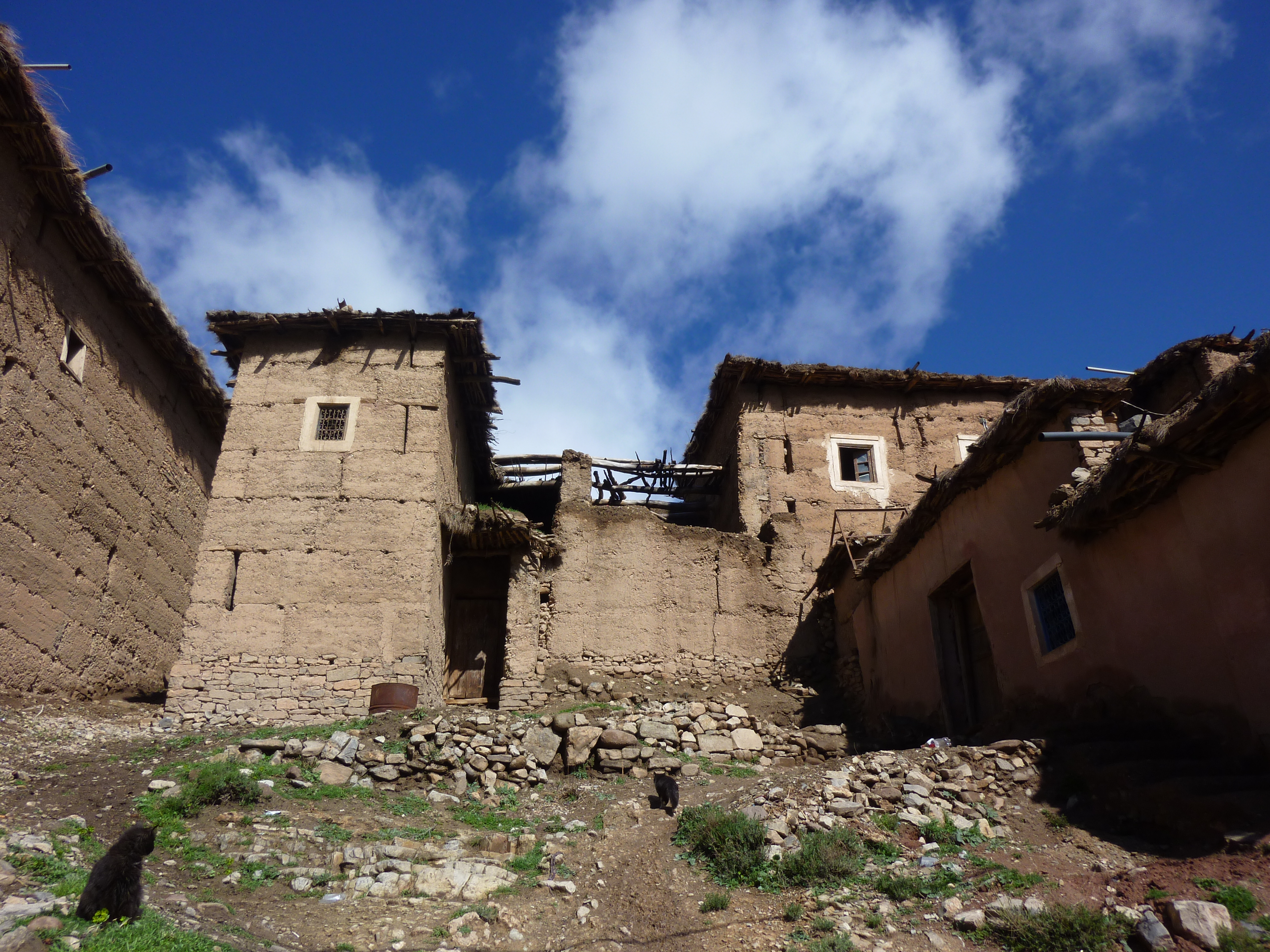REAL BRUTALIST
Page</title>
<p>Some people think brutalism means harsh and cruel, but in fact it's an architectural term derived from the French language. In the French, the word means "raw," referring to the naturalistic state of the buildings. These raw buildings may be made of concrete, or glass. This page shows the raw HTML. French raw may be made of foie gras, which is cruel brutal brutality, but brutalism is not brutal. Notice my assymetrical brutalism by not closing the paragraph with a /p tag. <span class="art"> That's art. </span>
body {
font-family:way too many, sans serif serif;
color:gaudy, natural;
max-width:900px;
margin: ofError;
}
p {
close-tag:optional;
why:historical;
}
.title {
text-align:center;
font-family:Abril Fatface,Serif;
text-size:ridiculous;
}
</style>
<p>Brutalism is a new architectural philosophy, but in fact there are many ancient instances of brutalism throughout history. Brick buildings are a clear example of exposing the ribs of the structure. Buildings of bamboo are still prevalent in many cultures, and the adobe mud huts are a masterpiece of ancient brutalist architecture. Once again showing that modernism is not the best -ism, it's just a rehashism. No closing /p tag: oorgh. I would never be so barbaric. </p>
<h2>Have some images</h2>
<img src="wikipedia+ancient+mud+adobe+brutalism"/><center>



<img src="wikipedia+Peru+brick+brutalism"/>
<a href="fun fun fun!">Read my book, Zero Bugs and Program Faster!!!!!!</a>
</div>